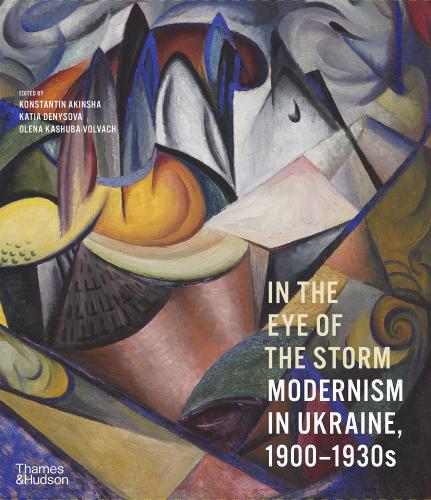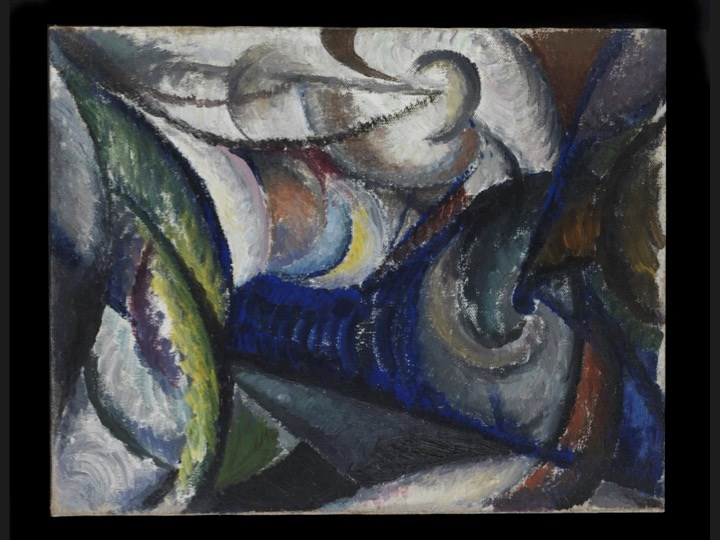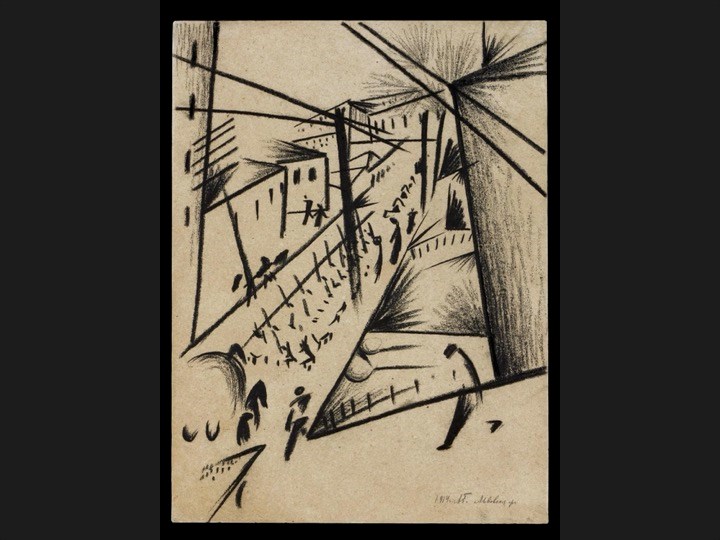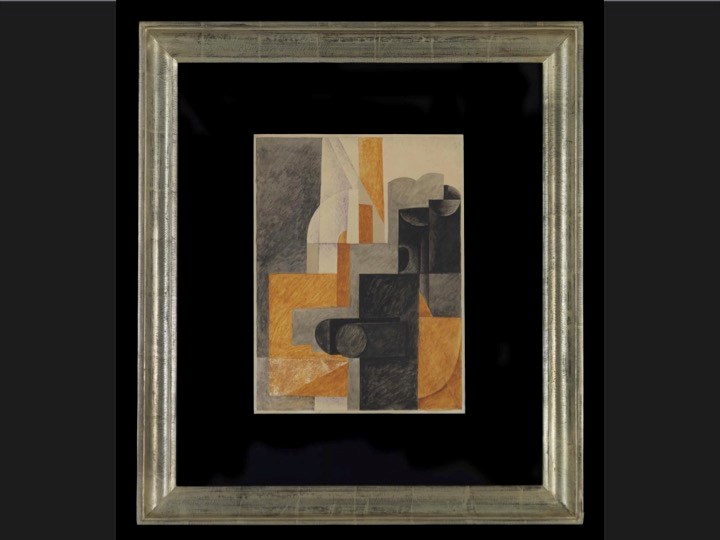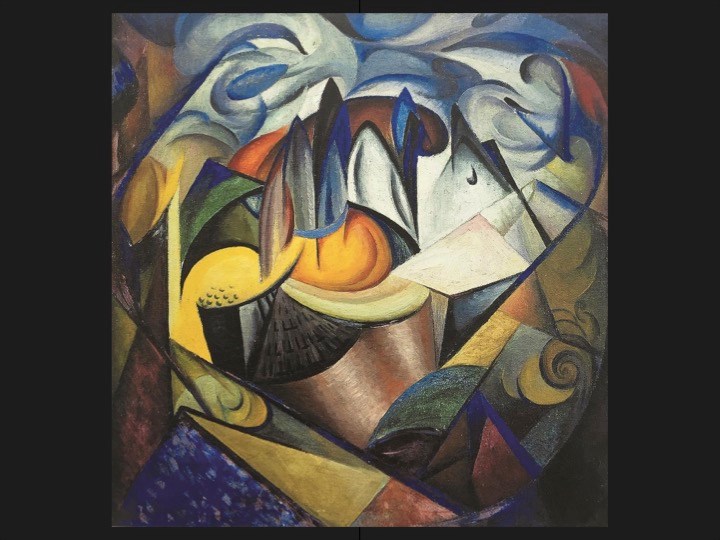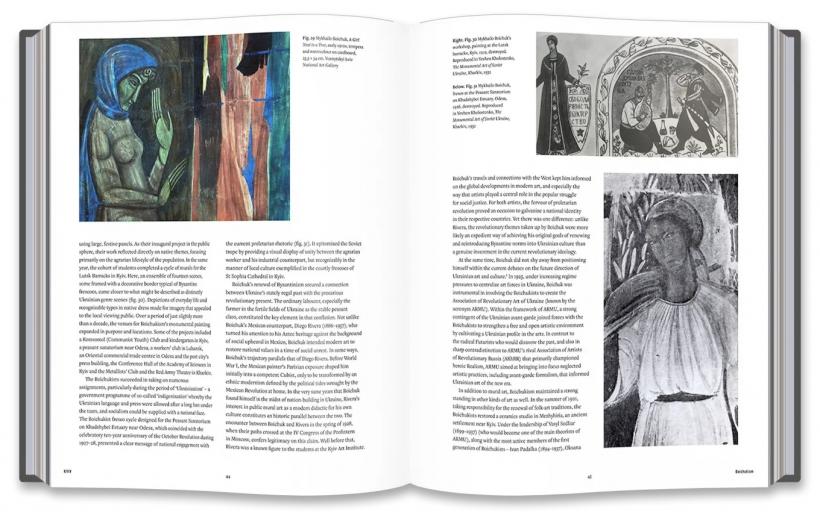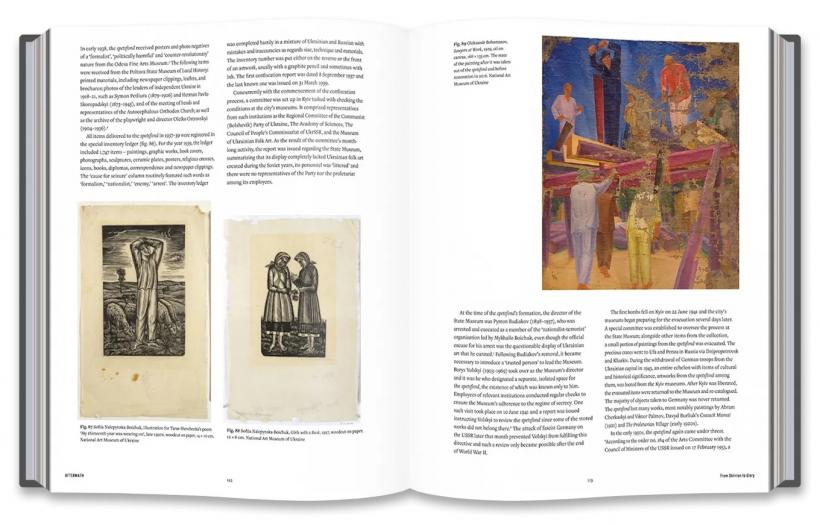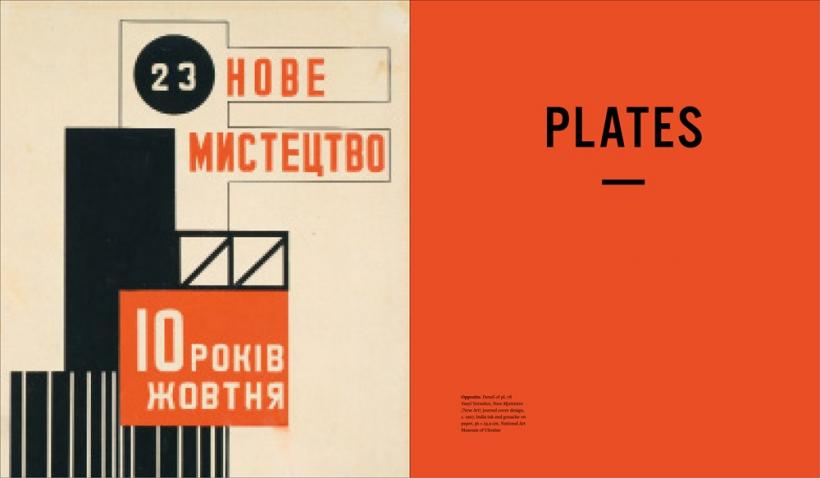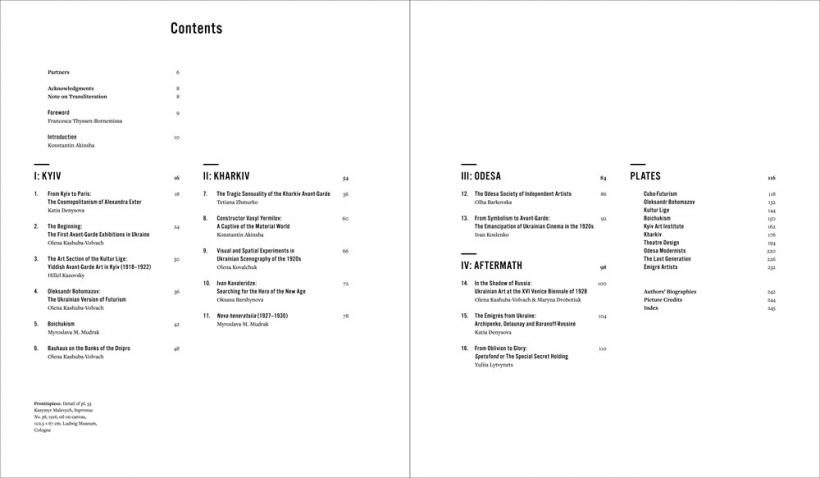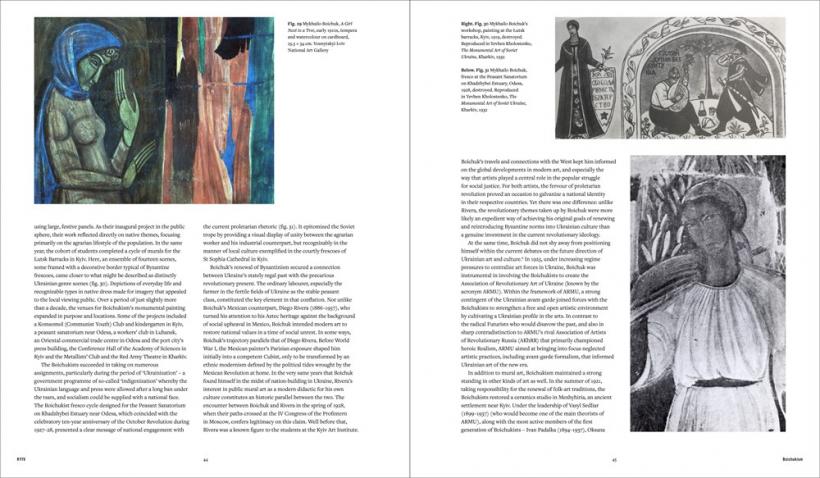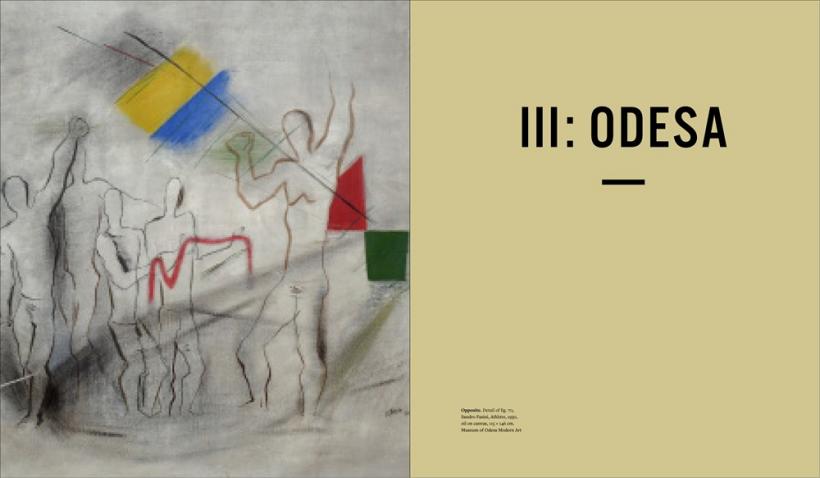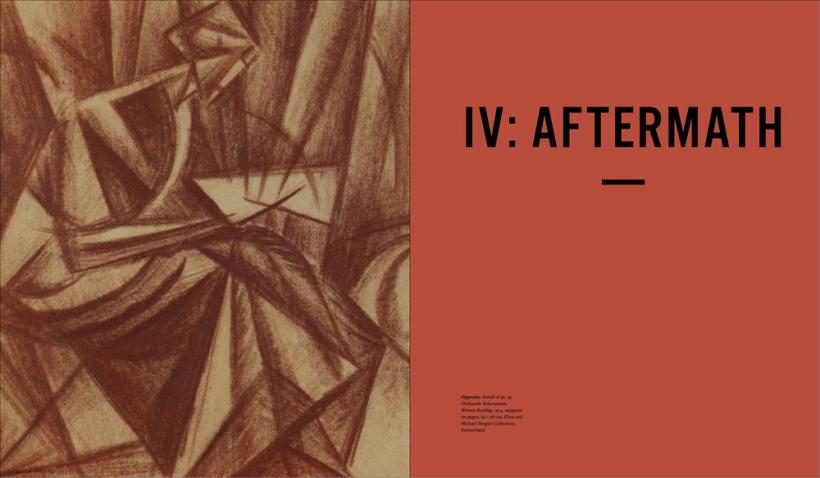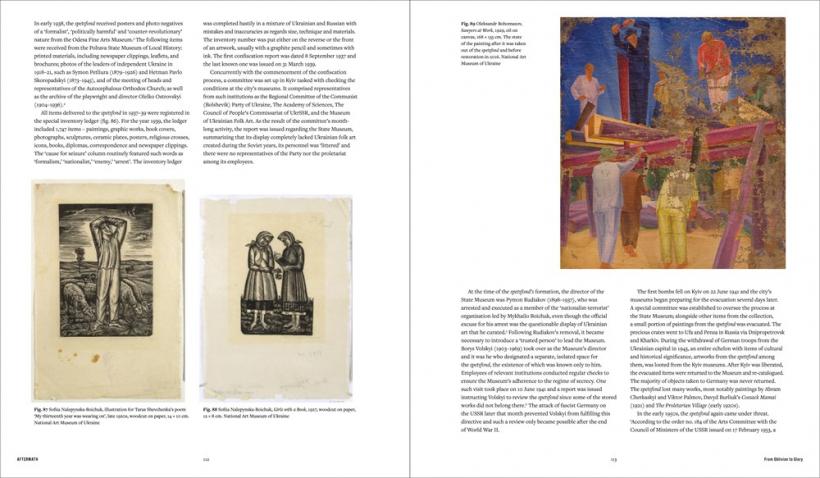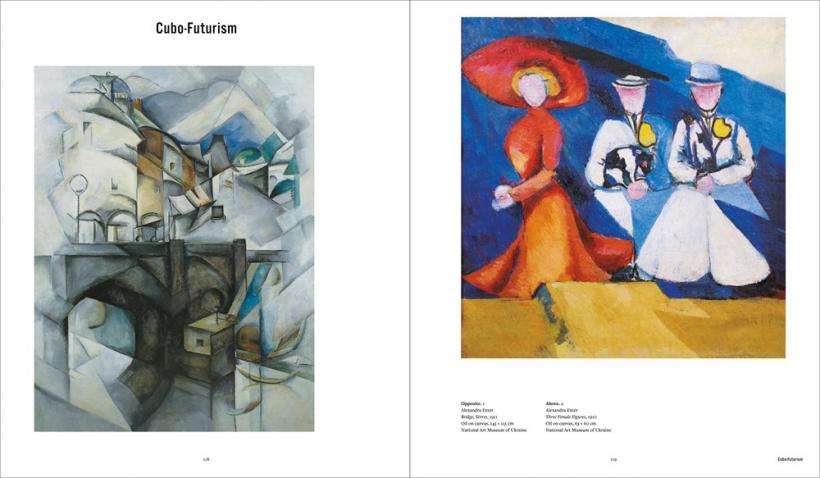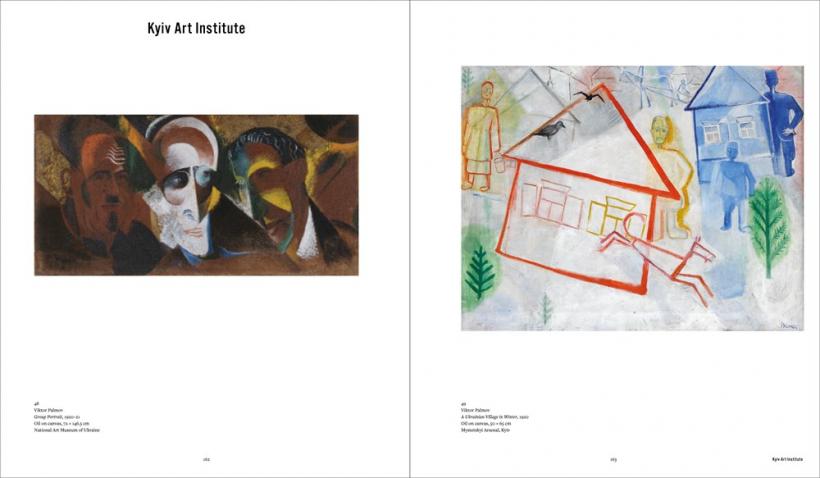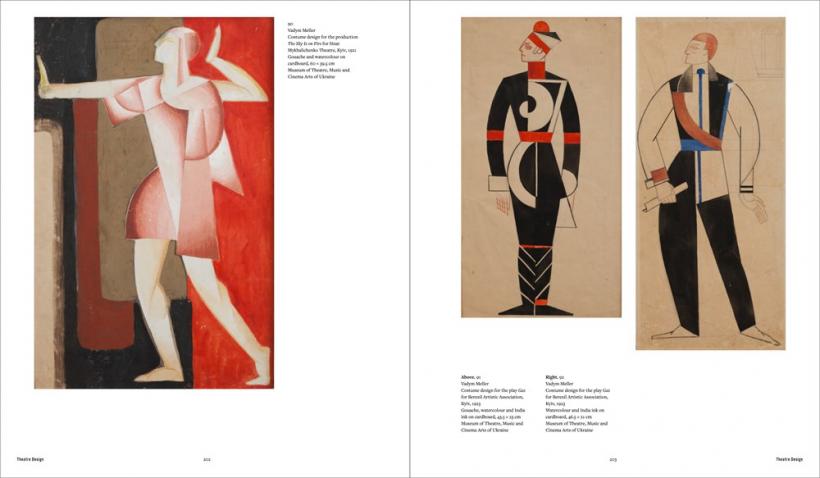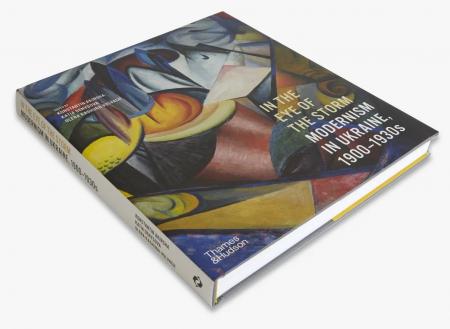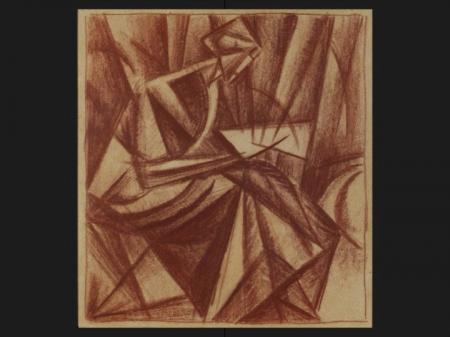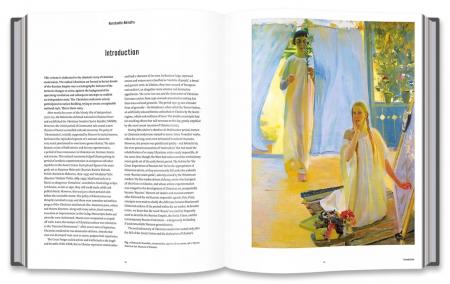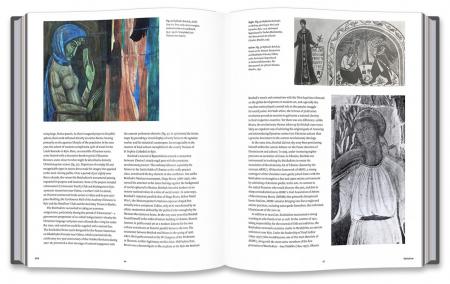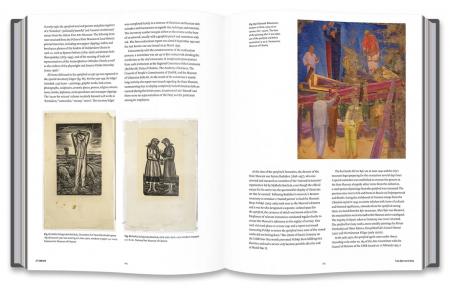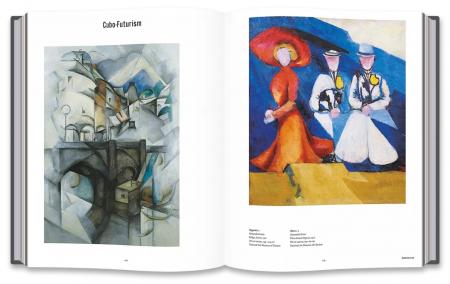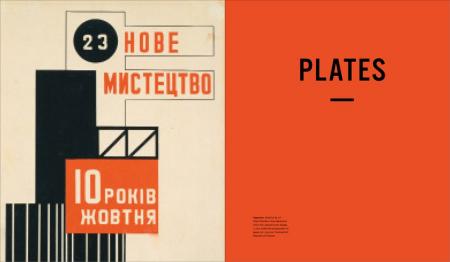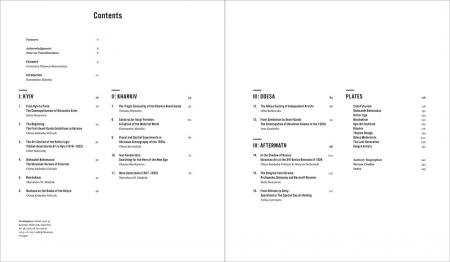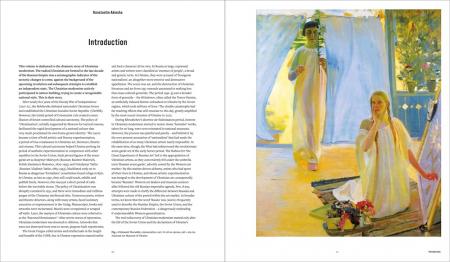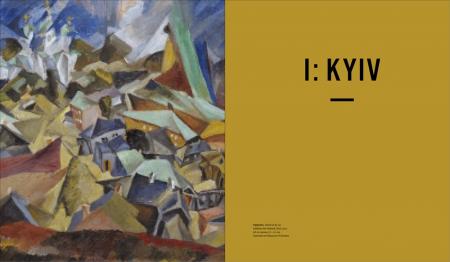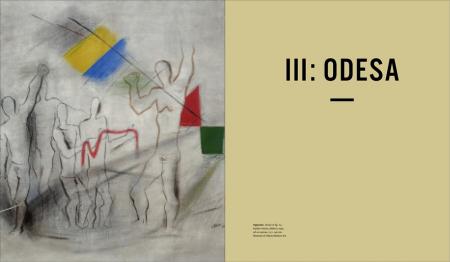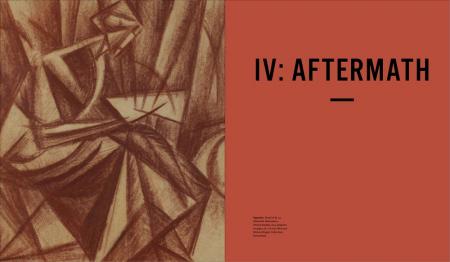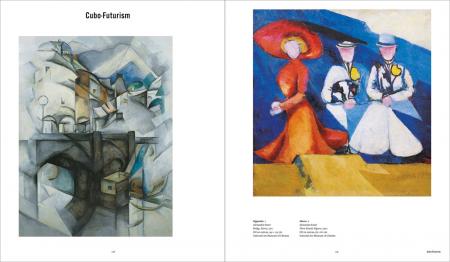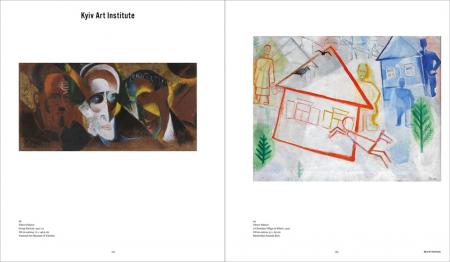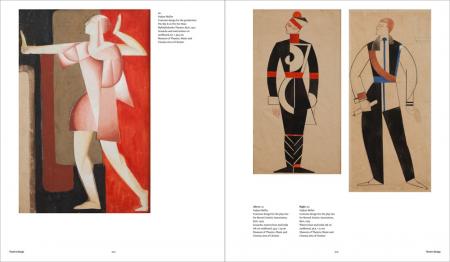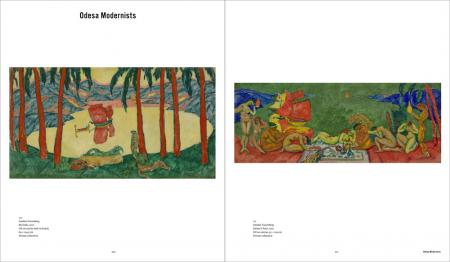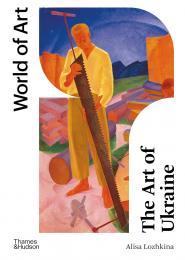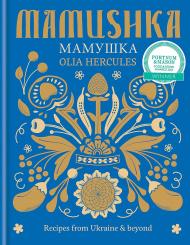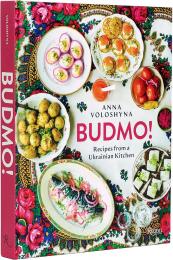Published to accompany the Royal Academy exhibition from 29 June to 13 October 2024, a major study of Ukrainian art from 1900 to the mid-1930s – with loans from major museums in Ukraine, elsewhere in Europe, the United States (including MoMA) and Israel
How does artistic life flourish during revolution and conflict? Ukraine in the early 1900s endured unimaginable political upheaval, yet this became a period of true renaissance in Ukrainian art, literature, theatre and cinema.
In the Eye of the Storm: Modernism in Ukraine, 1900–1930s, presents the ground-breaking art produced in Ukraine in the early 20th century, focusing on the three key cultural centres of Kyiv, Kharkiv and Odesa. Against a complicated socio-political backdrop of collapsing empires, World War I, the revolutions of 1917 with the ensuing Ukrainian War of Independence, and the eventual creation of Soviet Ukraine, several strands of distinctly Ukrainian art emerged.
While émigrés such as Sonia Delaunay and Alexander Archipenko found fame outside their homeland, the followers of Mykhailo Boichuk focused on Byzantine revivalism, and the artists of the Kultur Lige sought to promote the development of contemporary Yiddish culture. The first avant-garde exhibitions in Ukraine featured the radical art of Davyd Burliuk and Alexandra Exter, and the dynamic canvases of the Kyiv-based Cubo-Futurist Oleksandr Bohomazov. In Kharkiv, Vasyl Yermilov championed the industrial art of Constructivism, while Vadym Meller, Anatol Petrytskyi, Oleksandr Khvostenko-Khvostov and Borys Kosarev revolutionized theatre design. The attempt to build a national identity in Ukraine resulted in a polyphony of styles and artistic developments across a full range of media – from oil paintings, sketches and sculpture to collages, cinema posters and theatre designs.
Twelve internationally renowned scholars, including curators from the National Art Museum of Ukraine, bring to life this astonishing period of creativity in Ukraine and all the movements it encompassed.
Table of Contents:
Foreword
Francesca Thyssen-Bornemisza
Acknowledgments
Introduction
Konstantin Akinsha
I. Kyiv
From Kyiv to Paris: The Cosmopolitanism of Alexandra Exter
Katia Denysova
The Beginning: The First Avant-Garde Exhibitions in Ukraine
Olena Kashuba-Volvach
The Art Section of the Kultur Lige: Yiddish Avant-Garde Art in Kyiv (1918–1922)
Hillel Kazovsky
Oleksandr Bohomazov: The Ukrainian Version of Futurism
Olena Kashuba-Volvach
Boichukism
Myroslava M. Mudrak
Bauhaus on the Banks of Dnipro
Olena Kashuba-Volvach
II: Kharkiv
The Tragic Sensuality of the Kharkiv Avant-Garde
Tetiana Zhmurko
Constructor Vasyl Yermylov: A Captive of the Material World
Konstantin Akinsha
Visual and Spatial Experiments in Ukrainian Scenography of the 1920s
Olena Kovalchuk
Ivan Kavaleridze: Searching for the Hero of the New Age
Oksana Barshynova
Nova heneratsiia (1927–1930)
Myroslava M. Mudrak
III. Odesa
The Odesa Society of Independent Artists
Olha Barkovska
From Symbolism to Avant-Garde: The Emancipation of Ukrainian Cinema in the 1920s
Ivan Kozlenko
IV. Aftermath
In the Shadow of Russia: Ukrainian Art at the XVI Venice Biennale of 1928
Olena Kashuba-Volvach & Maryna Drobotiuk
The Émigrés from Ukraine: Archipenko, Delaunay and Baranoff-Rossiné
Katia Denysova
From Oblivion to Glory: Spetsfond or The Special Secret Holding
Yuliia Lytvynets
Plates
Authors’ Biographies
Picture Credits
Index
About the Author:
Konstantin Akinsha studied at the Shevchenko Art School in Kyiv, Ukraine, and in 1986 completed an MA in art history at the Moscow State University. He completed a PhD in art history at the University of Edinburgh. In the course of his career, Konstantin Akinsha has been curator at the Kyiv Museum of Western and Oriental Art, Moscow correspondent for ARTnews, contributing editor for ARTnews magazine, New York, as well as a Research Fellow at both the Germanisches Nationalmuseum, Nuremberg, and Bremen Kunstverein, East European Institute of Bremen University. From 1999 to 2000 he was also Deputy Research Director, Art and Cultural Property, Presidential Advisory Commission on Holocaust Assets in the United States, Washington, D.C. In 2006 he became the European Correspondent for ARTnews magazine in Budapest, and in 2007 he also became a Eugene and Davmel Shklar Fellow at the Ukrainian Research Institute of Harvard University. Akinsha has written a number of books, including Stolen Treasure (Weidenfeld & Nicolson, 1995), co-authored with Gregorii Kozlov, and The Holy Place, co-authored with Gregorii Kozlov and Sylvia Hochfield (Yale University Press, 2007).
